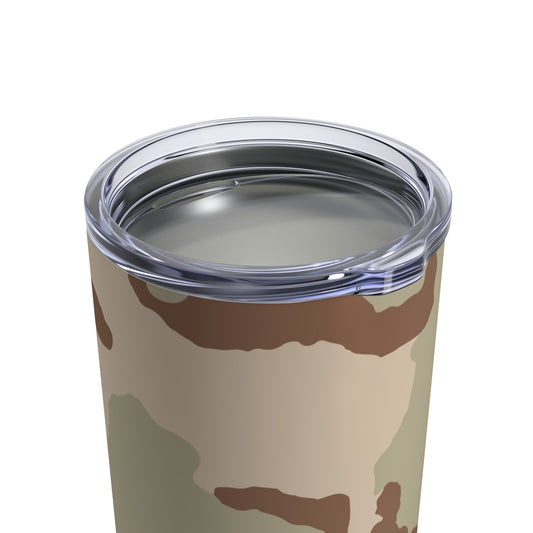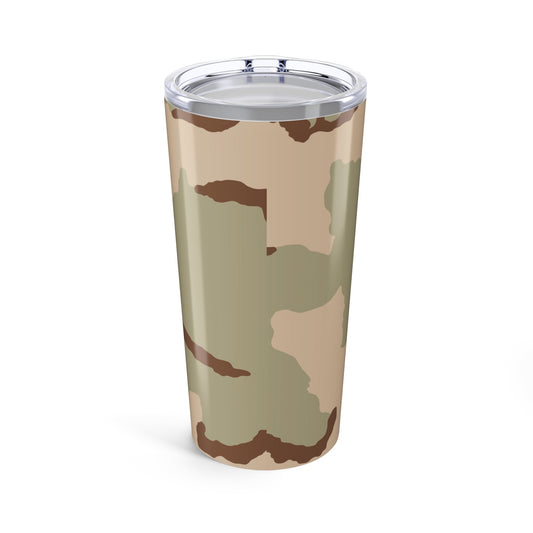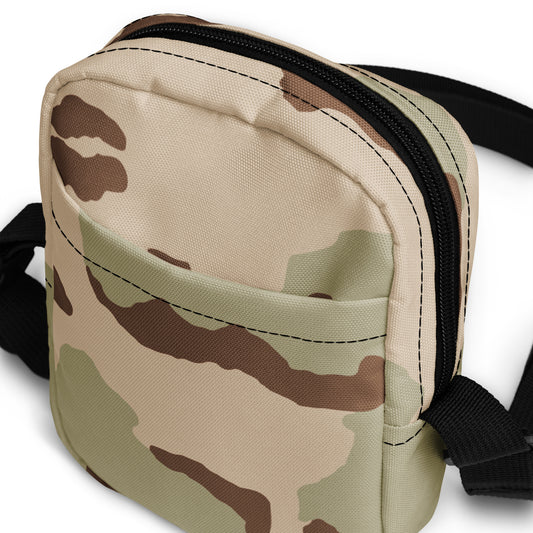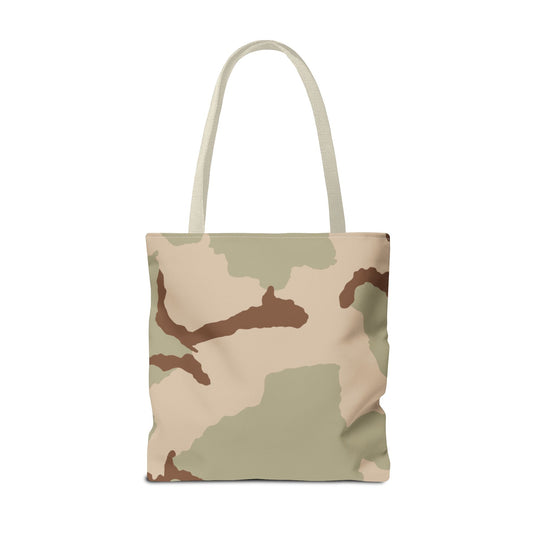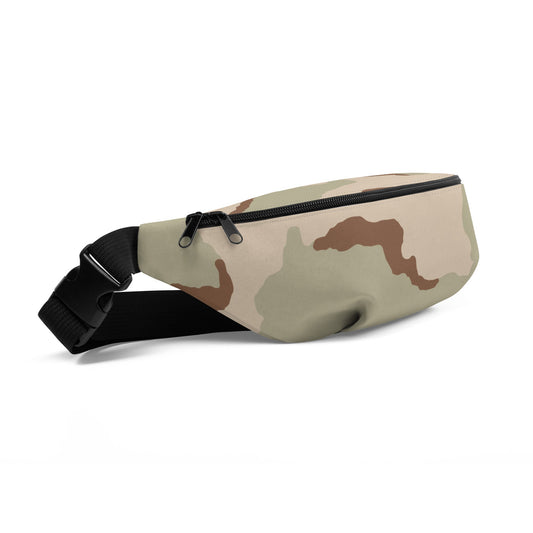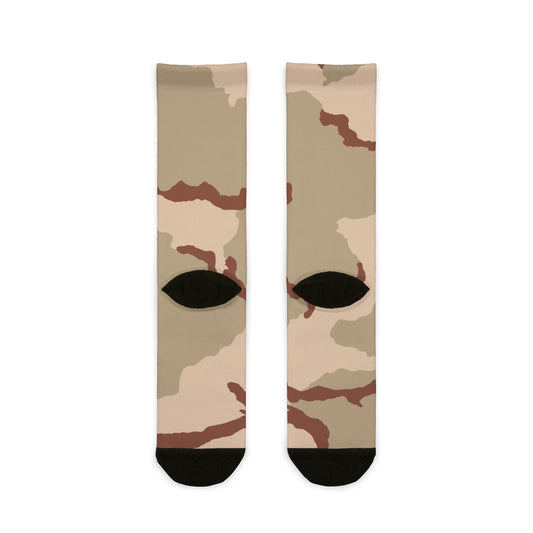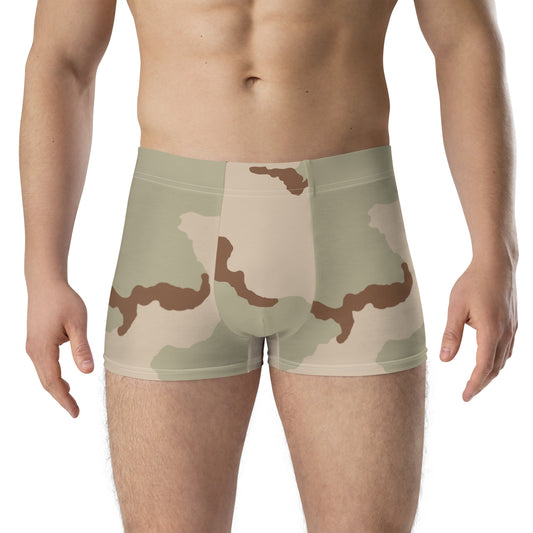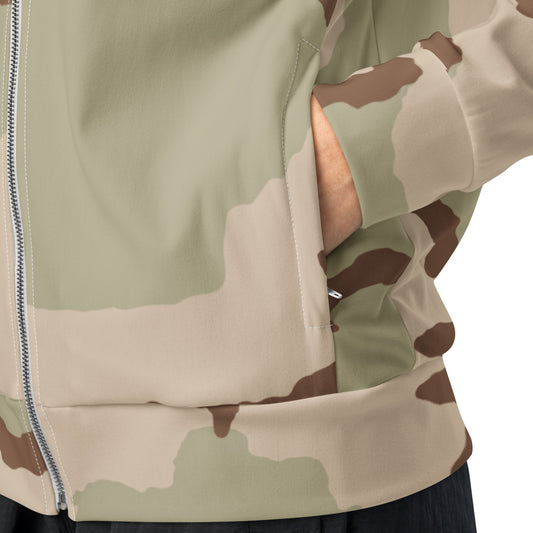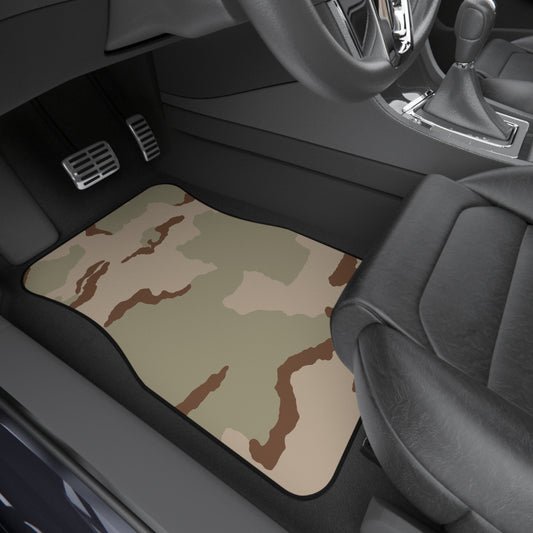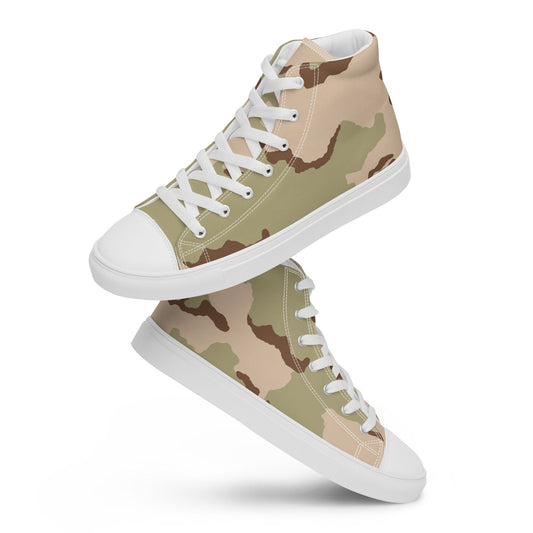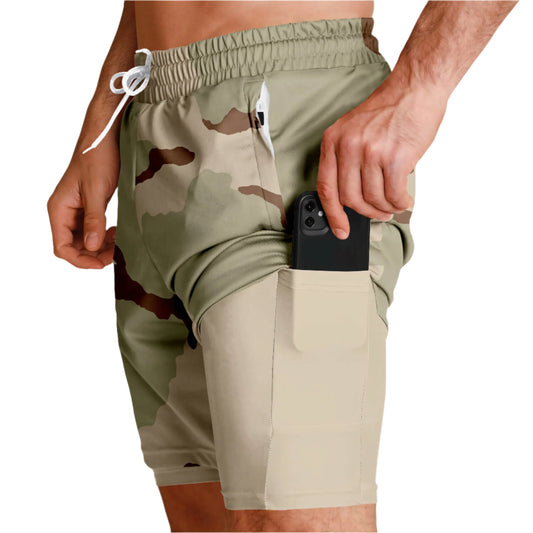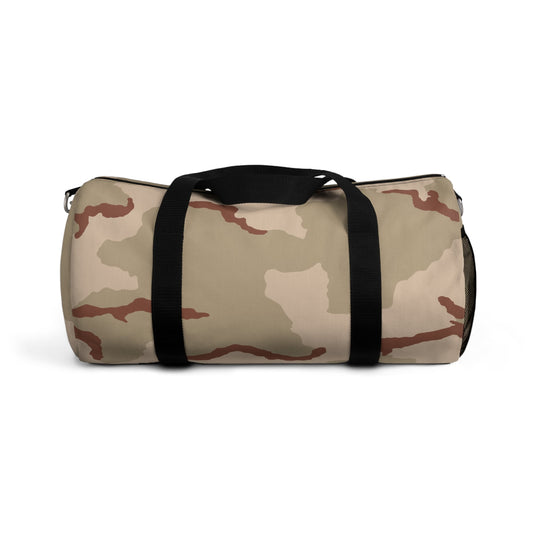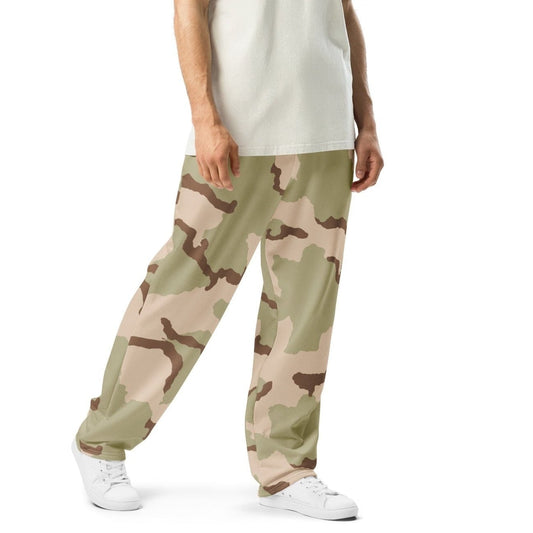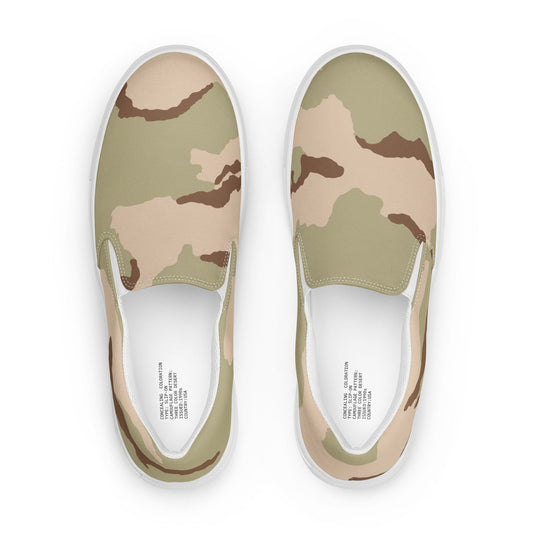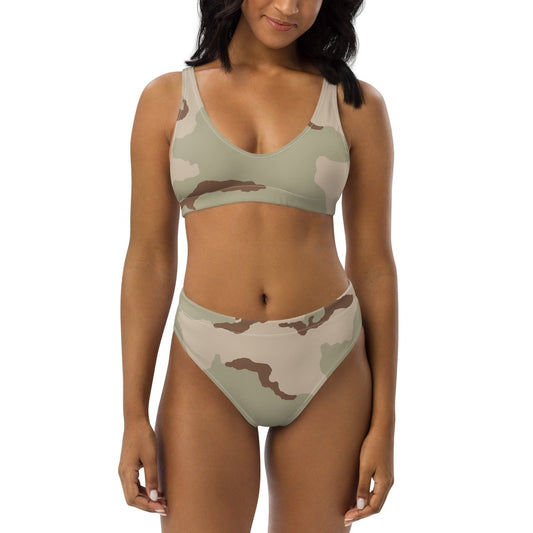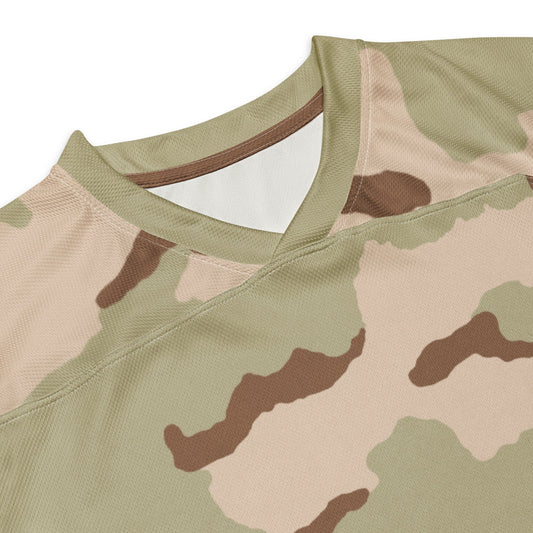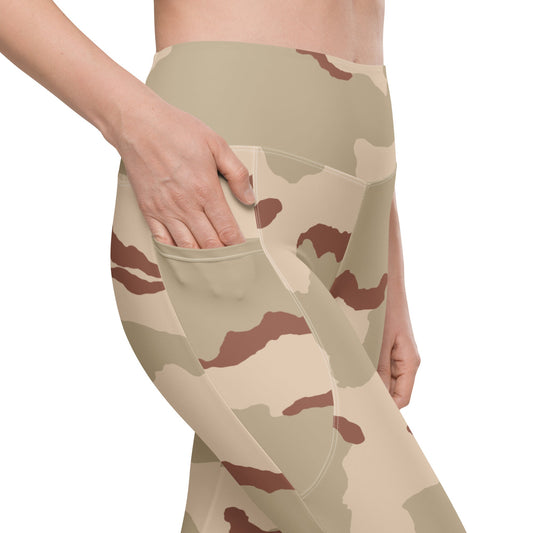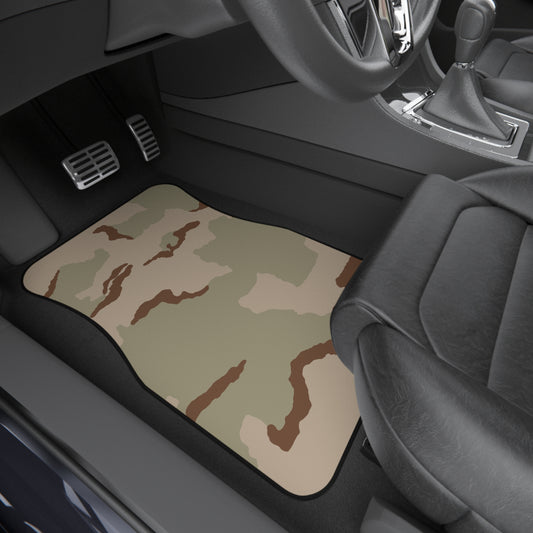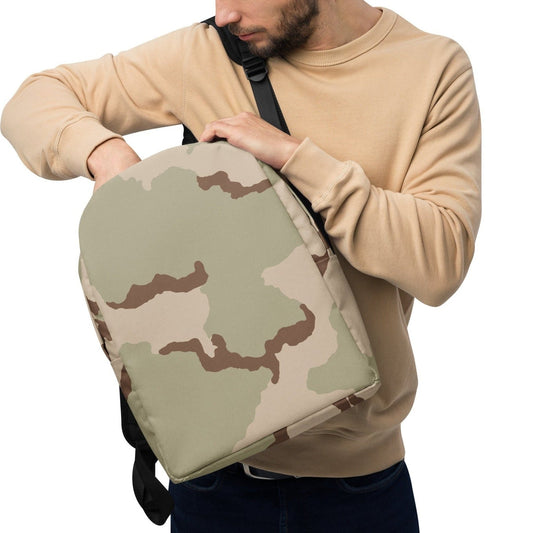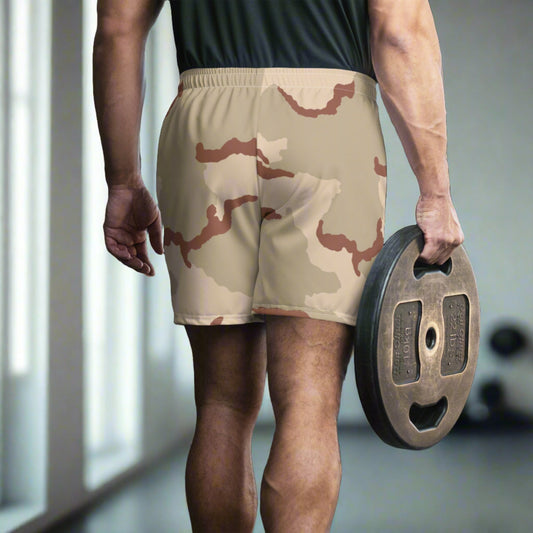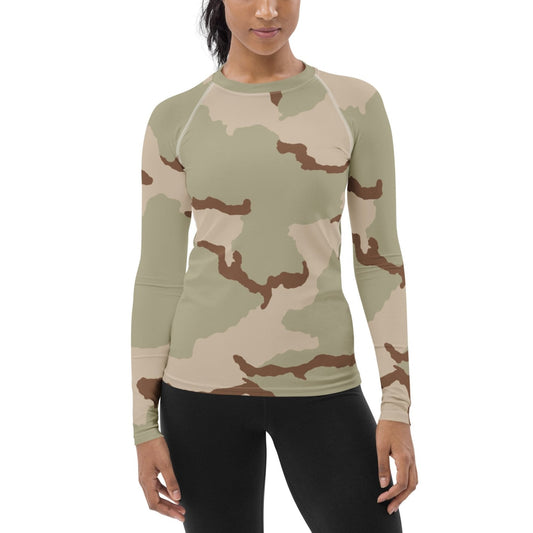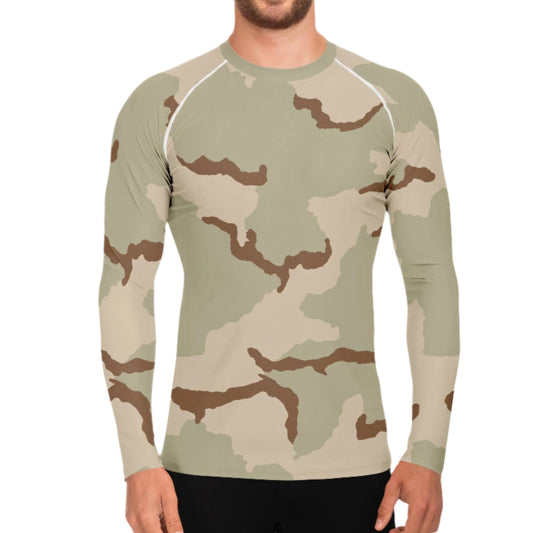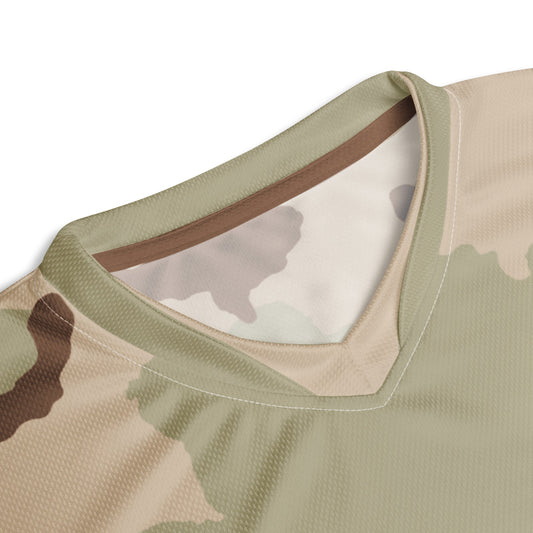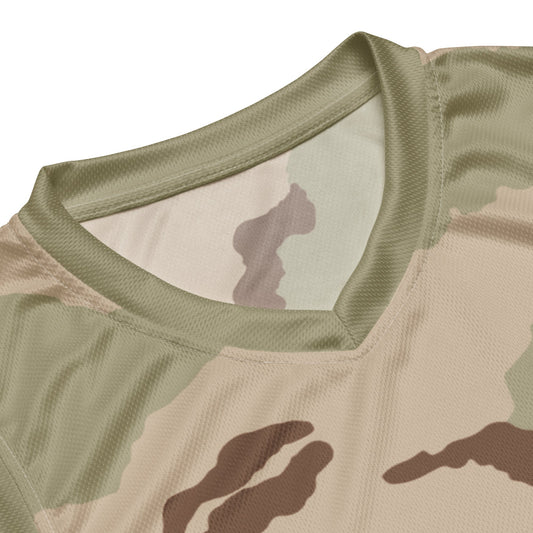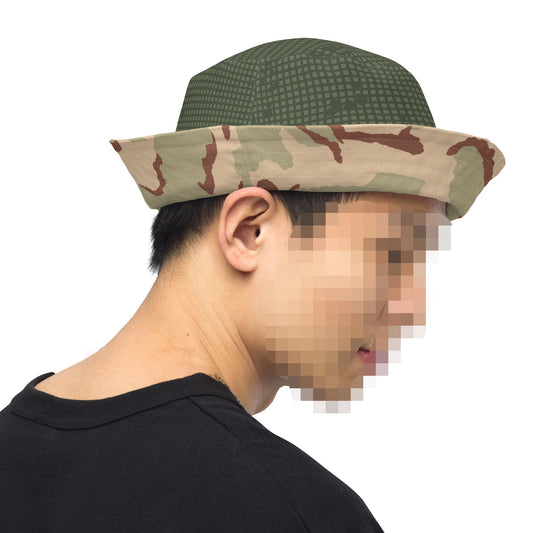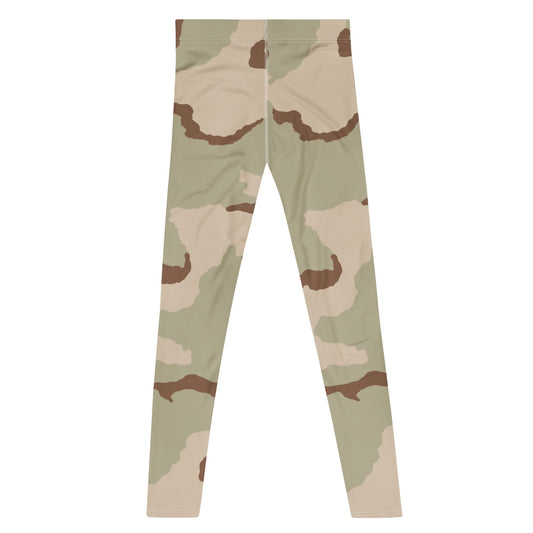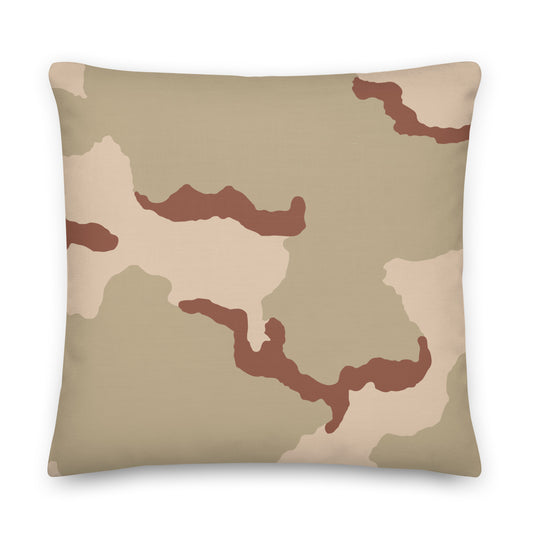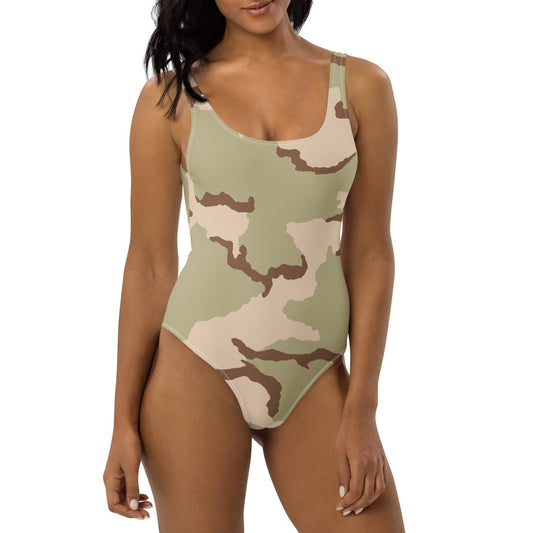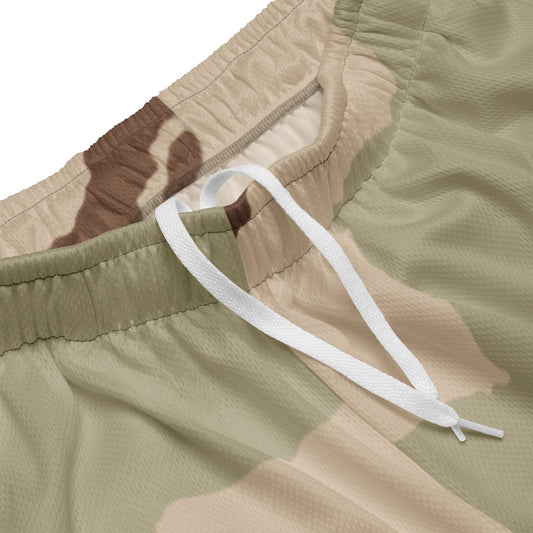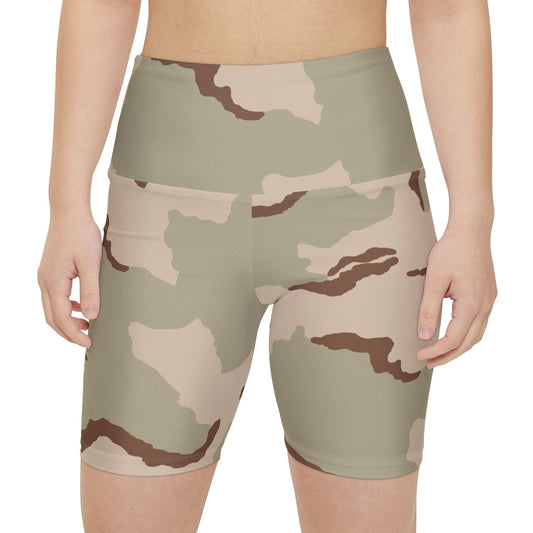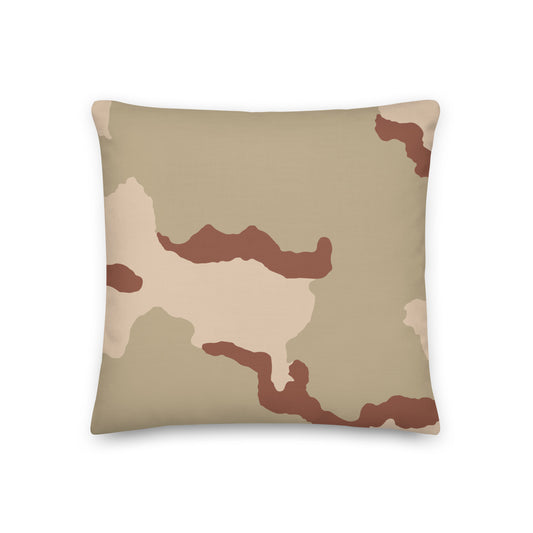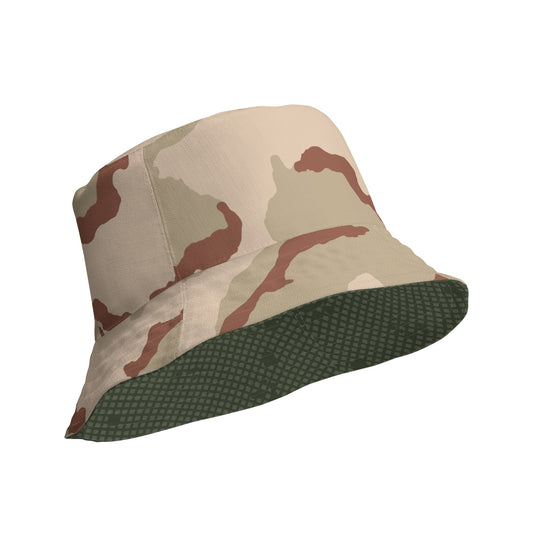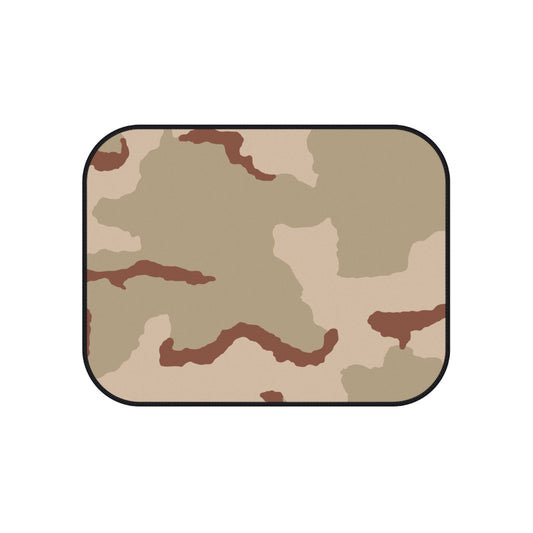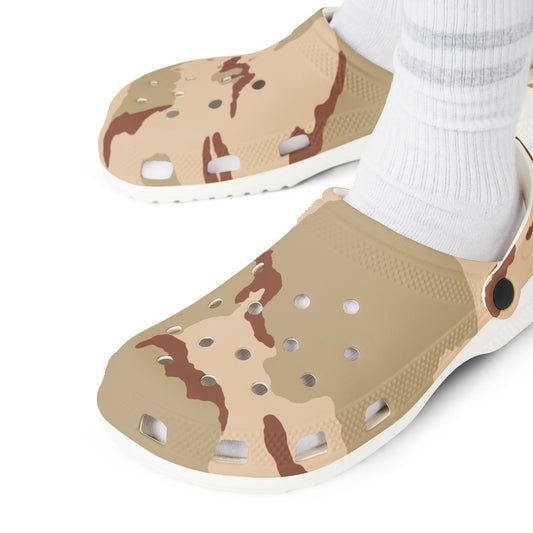

-
Three-Color Desert Camo 10oz Tumbler
Regular price $26.50 USDRegular priceUnit price per -
Three-Color Desert Camo 20oz Tumbler
Regular price $29.73 USDRegular priceUnit price per -
Three-Color Desert Camo Crossbody Bag
Regular price $27.95 USDRegular priceUnit price per -
Three-Color Desert Camo Vertical Tote Bag
Regular price $25.80 USDRegular priceUnit price per -
Three-Color Desert Camo Waistpack
Regular price $29.95 USDRegular priceUnit price per -
Three-Color Desert Camo Socks
Regular price $11.39 USDRegular priceUnit price per -
Three-Color Desert Camo Boxers Briefs
Regular price $26.95 USDRegular priceUnit price per -
Three-Color Desert Camo Track Jacket
Regular price $76.00 USDRegular priceUnit price per -
Three-Color Desert Camo Hoodie
Regular price $58.50 USDRegular priceUnit price per -
Three-Color Desert Camo All-Weather Car Mats (Set of 4)
Regular price $71.73 USDRegular priceUnit price per -
Three-Color Desert Camo Men's Sneaker Hi
Regular price $59.00 USDRegular priceUnit price per -
Three-Color Desert Camouflage Lined Shorts 7"
Regular price $58.50 USDRegular priceUnit price per -
Three-Color Desert Camo Small Duffel Bag
Regular price $58.59 USDRegular priceUnit price per -
Three-Color Desert Camo Sweatpants
Regular price $55.00 USDRegular priceUnit price per -
Three-Color Desert Camo Men's Slip-On Sneaker
Regular price $49.95 USDRegular priceUnit price per -
Three-Color Desert Camo High-Waisted Bikini Set
Regular price $48.95 USDRegular priceUnit price per -
Three-Color Desert Camo Hockey Jersey
Regular price $58.50 USDRegular priceUnit price per -
Three-Color Desert Camo Tech Leggings
Regular price $46.50 USDRegular priceUnit price per -
Three-Color Desert Camo Front Seat Car Mats (Set of 2)
Regular price $45.04 USDRegular priceUnit price per -
Three-Color Desert Camo Laptop Backpack
Regular price $44.95 USDRegular priceUnit price per -
Three-Color Desert Camo Tech Shorts 6.5″
Regular price $44.95 USDRegular priceUnit price per -
Three-Color Desert Camo Women's Long-sleeve Base Layer
Regular price $52.50 USDRegular priceUnit price per -
Three-Color Desert Camo LS Rash Guard
Regular price $52.50 USDRegular priceUnit price per -
Three-Color Desert Camo Tech T-Shirt
Regular price $39.50 USDRegular priceUnit price per -
Three-Color Desert Camo Basketball Jersey
Regular price $45.50 USDRegular priceUnit price per -
Reversible Desert Night Camo Bucket Hat
Regular price $32.59 USDRegular priceUnit price per -
Three-Color Desert Camo Men's Leggings
Regular price $35.95 USDRegular priceUnit price per -
Three-Color Desert Camo 22" Throw Pillow
Regular price $36.95 USDRegular priceUnit price per -
Three-color Desert Camo One-Piece Swimsuit
Regular price $34.95 USDRegular priceUnit price per -
Three-Color Desert Camo Basketball Shorts
Regular price $35.50 USDRegular priceUnit price per -
Three-Color Desert Camo Bike Shorts
Regular price $33.69 USDRegular priceUnit price per -
Three-Color Desert Camo 18" Throw Pillow
Regular price $32.95 USDRegular priceUnit price per -
Reversible Three-Color Desert Camo Bucket Hat
Regular price $32.59 USDRegular priceUnit price per -
Three-Color Desert Camo All-Weather Back Car Mats (Set of 2)
Regular price $32.06 USDRegular priceUnit price per -
Three-Color Desert Camo EVA Clog
Regular price $42.00 USDRegular priceUnit price per

